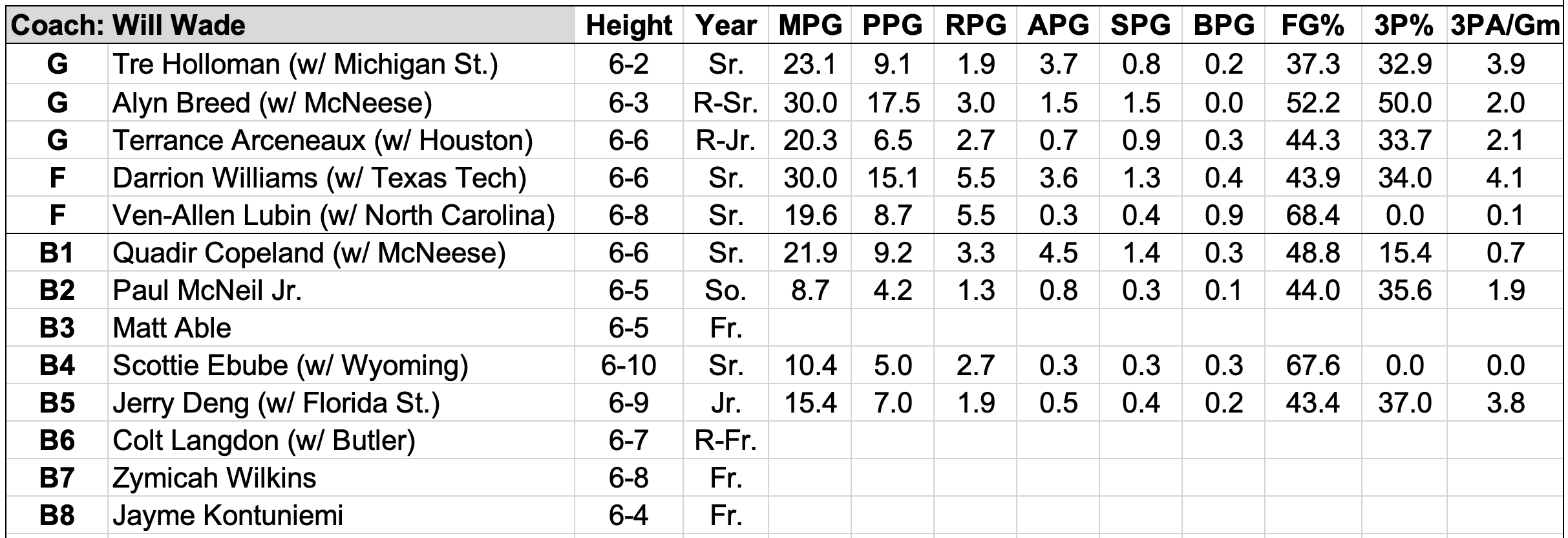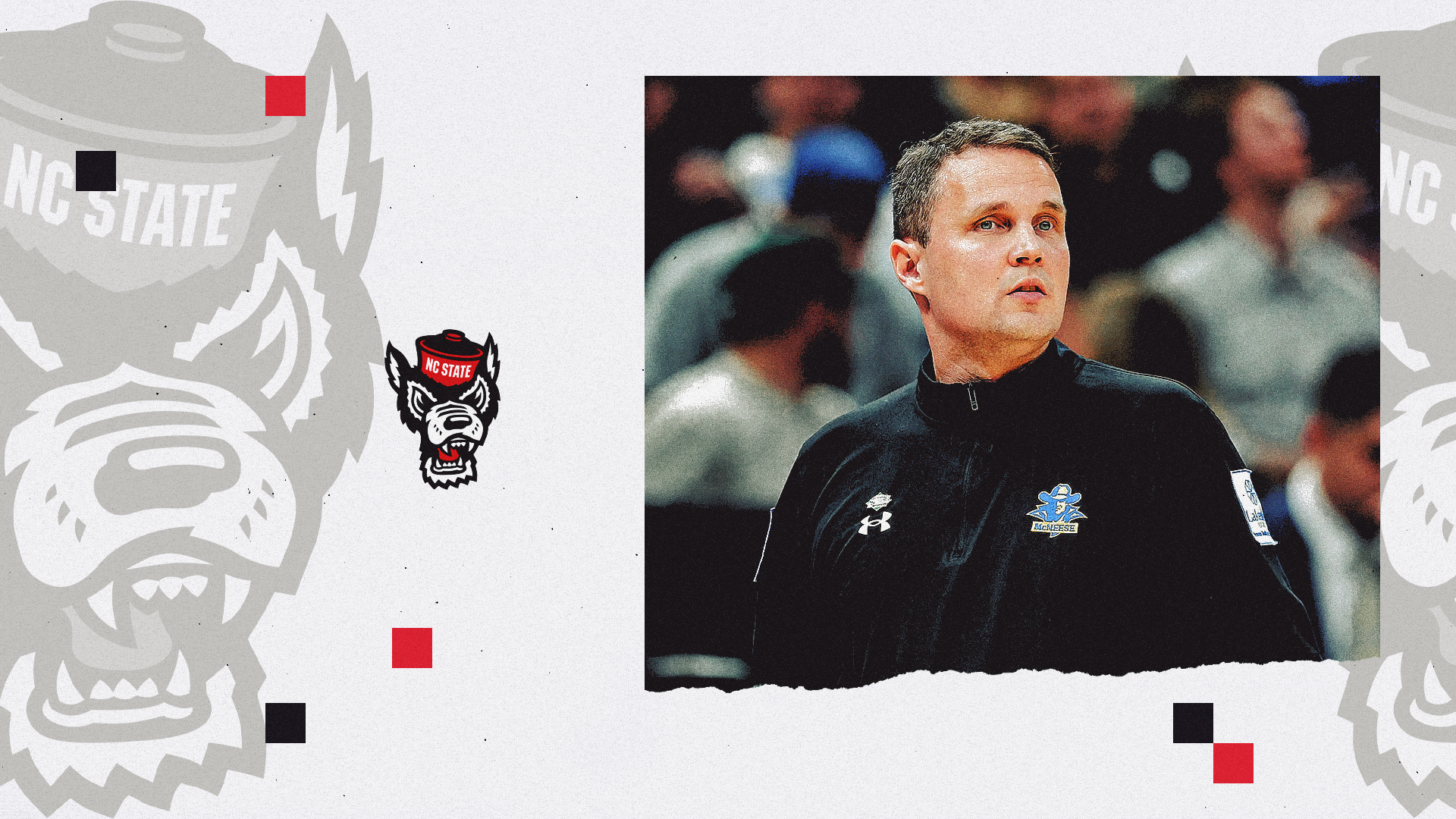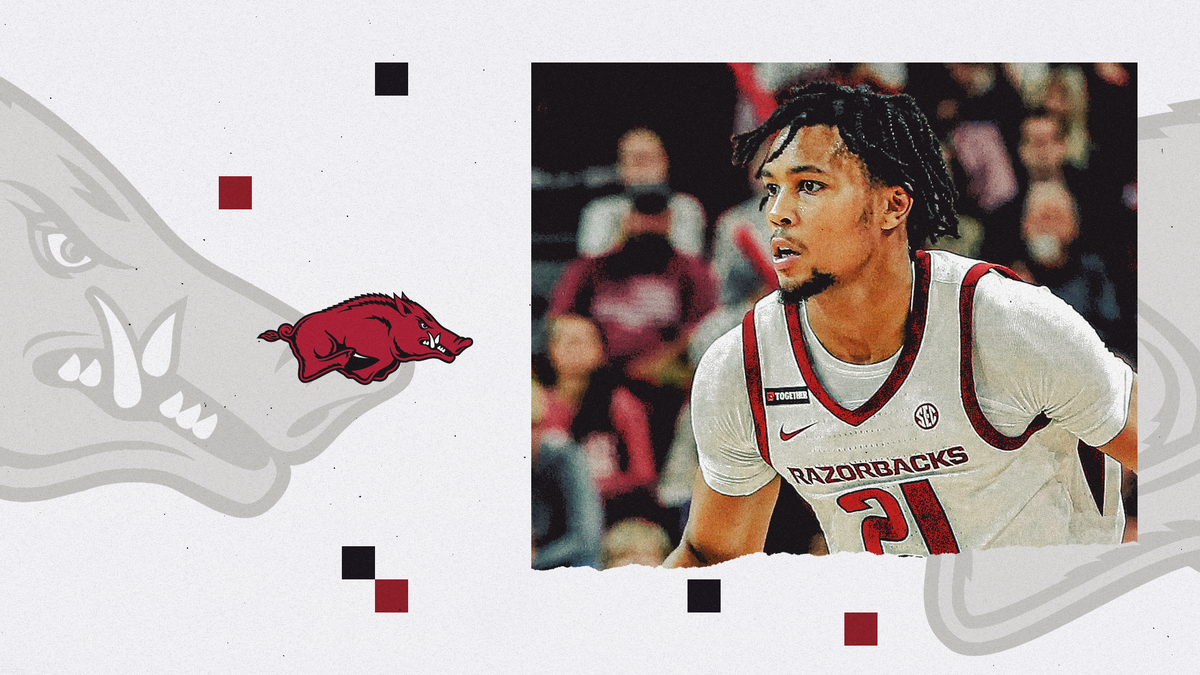
Key Returners:
None
Key Newcomers:
Darrion Williams, Tre Holloman, Alyn Breed, Terrance Arceneaux, Ven-Allen Lubin, Quadir Copeland, Matt Able, Jerry Deng, Scottie Ebube
Key Losses:
Marcus Hill, Jayden Taylor, Brandon Huntley-Hatfield, Dontrez Styles, Michael O'Connell
Roster:

Reasons for Optimism:
The ACC coaching crop is starting to look more and more formidable. We've been plugged in to the intellectual horsepower taking shape at Virginia under Ryan Odom. That same theme extends to Will Wade and his razor sharp first year staff who now take the coaching reins in Raleigh. Sorry Kevin, it was fun ride while it lasted...
The first component of Wade’s innovative approach is found in player evaluation, which is steered by a proprietary, all encompassing player evaluation score (a scale from 1 to 8). There's multiple men behind all these numbers, including two full-time General Managers mining the player pool: Andrew Slater, a former consultant for the NBA Champion OKC Thunder, and assistant GM Patrick Stacy, the founder of Jam Basketball Intelligence.
"The metrics are important to us. They’re like GPS. It leads you to the general vicinity but you still gotta watch the film. The numbers help you whittle the field down," said Wade. "We understand what imperfections we’re willing to deal with. For example, if a kid is shorter for his position, we're willing to live with that. The key is determining which of the imperfections we can fix quickest."
The example of height Wade gave this summer when explaining his philosophy to media members is apt for this roster. After all, a lack of size up front is the obvious flaw the skeptics point to. But, there’s a keen awareness of that limitation and a plan schematically to account for it.
All that said, it doesn’t take an advanced AI model to identify Darrion Williams is a good ball player. The former Texas Tech star is a burly offensive hub who Wade can go to when this team needs a key bucket in crunch time. In short, his versatility is simply unmatched. Per Synergy, Williams rated in the upper quartile in efficiency in pick-n-roll possessions (incl passes), post up possessions (incl passes) AND catch and shoot possessions. Williams can create shots for himself or others from anywhere on the floor, which makes him a highly malleable building block to start from. The key element to his ascension at Texas Tech was the added strength. His barrel-chested frame makes him a chore to keep out of the lane.
Coupled with Houston's Terrance Arceneaux and Michigan State's Tre Holloman, Wade’s three key cornerstone pick ups in the portal won a combined 93 games last season. Arceneaux’s expected to be a demon defender after honing his craft at Houston but there’s real offensive shotmaking potential that could pop in a higher usage role. He had big performances early on last season but then slowly fizzled out of the rotation late in the year. Remember, he’s still less than a few years removed from a serious Achilles tear.
Holloman steps into the cockpit as the presumed starting point guard. Like Arceneaux, Holloman accepted a reserve role down the stretch last season to make room for Jase Richardson’s coming out party. That subtle ‘edge’ burning inside Arceneaux and Holloman, who want to prove themselves worthy as main cast members, is the exact mental makeup Wade wants. Holloman went ice cold in Michigan State’s Elite 8 loss to Auburn but he was on a tear the seven games prior that. He’s an outstanding decision maker and respectable floor spacer - though, not a ‘gamebreaking lead guard’ per se.
Two McNeese loyalists, Alyn Breed and Quadir Copeland, should help create some synthetic continuity in Wade’s first year at the helm. Copeland, who Wade transformed into a dangerous point forward at McNeese, will be a tough piece to fit in this puzzle. His bread and butter is attacking downhill but turnovers were a problem last year amidst the chaos of the Southland. However, he exemplifies the defensive prototype Wade is hoping can offset a lack of true size upfront (more on that below).
Breed’s stats in the roster chart above is misleading, since he only played two games a year ago at McNeese. When healthy, if healthy, he profiles as a secondary creator / scorer next to Holloman. In general, the guards on this roster are not high usage, 'I need the ball in my hands' guys. Rather, they appropriately complement to Williams as lower usage scorers, shooters and facilitators who can play off of Williams.
Incumbent Paul McNeil also fits this bill. The lone returner from the Kevin Keatts' era is a legitimate catch and shoot threat from long distance, which should carve out even more real estate for Williams and Copeland’s rim attacks.
The bench may not look super deep on paper but there’s more shooting than meets the eye. Along with McNeil, rookie Matt Able carries a reputation as a high octane bucket getter (in spite of a funky looking shot). Up front, Florida State stretch forward Jerry Deng may be poised for a breakout season as an inverted 4-man. Deng simply got lost in the rotational shuffle at Florida State but he's a quintessential diamond in the rough find by Wade and company in the portal.
Causes for Concern:
There’s tradeoffs in any rushed first year roster rebuild. On paper, extended stretches of Ven-Allen Lubin at the 5 doesn’t give me the warm fuzzies - however, 'VAL' isn’t a defensive catastrophe either. UNC’s frontline took a lot of flack last year but the interior defensive metrics, which Lubin was at the forefront of, were not awful. If he can find his shooting touch on the offensive end, he'll flip the mismatch and crossmatch pressures back onto his opponents.
Defensively, the key element to this roster DNA is the length and athleticism around the 5, whether its Lubin or Scottie Ebube, a bruising glass crasher from Wyoming who will factor in to the frontline mix. Arceneaux, Williams and Copeland are wiry high motor defenders that can jam up the paint and generate deflections in traffic. The beauty of Wade’s blueprint at McNeese was the ability to generate steals without being crazy high risk or overextended on the perimeter. To offset the lack of size, a compact shell structure keeps helpside support a step or two away on any paint touches. Assuming Wade sticks with this strategy this year, it should relieve a lot of the greasy defensive and rebounding stress off Lubin or Ebube.
The other defensive question is how much full court pressure we’ll see from Wade this season. He pressed early and often at McNeese, and even more so at LSU, charting full court pick ups on nearly 30% of all defensive possessions that final LSU year in 2022 (chart below shows pressing rates from Synergy).
That 2021-22 campaign in Baton Rouge was the year LSU totally flipped its identity after being a defensive sieve for two seasons before. Having Tari Eason helped, a lot, and I’m not sure this year’s team is that deep or that athletic comparatively.
I trust Wade will have a sound defensive portfolio tightened up by November but I’m still scarred by those defensive disasters in the Bayou from 2018 to 2021.
Bottom Line:
Wade and Williams alone are enough to get geeked about an emphatic Pack bounce back this year. There may be interior soft spots but Wade is equipped to mitigate those flaws with the length and athleticism littered on the perimeter. As long as this team stays healthy, NC State should be back in the dance with this refurbished roster.


